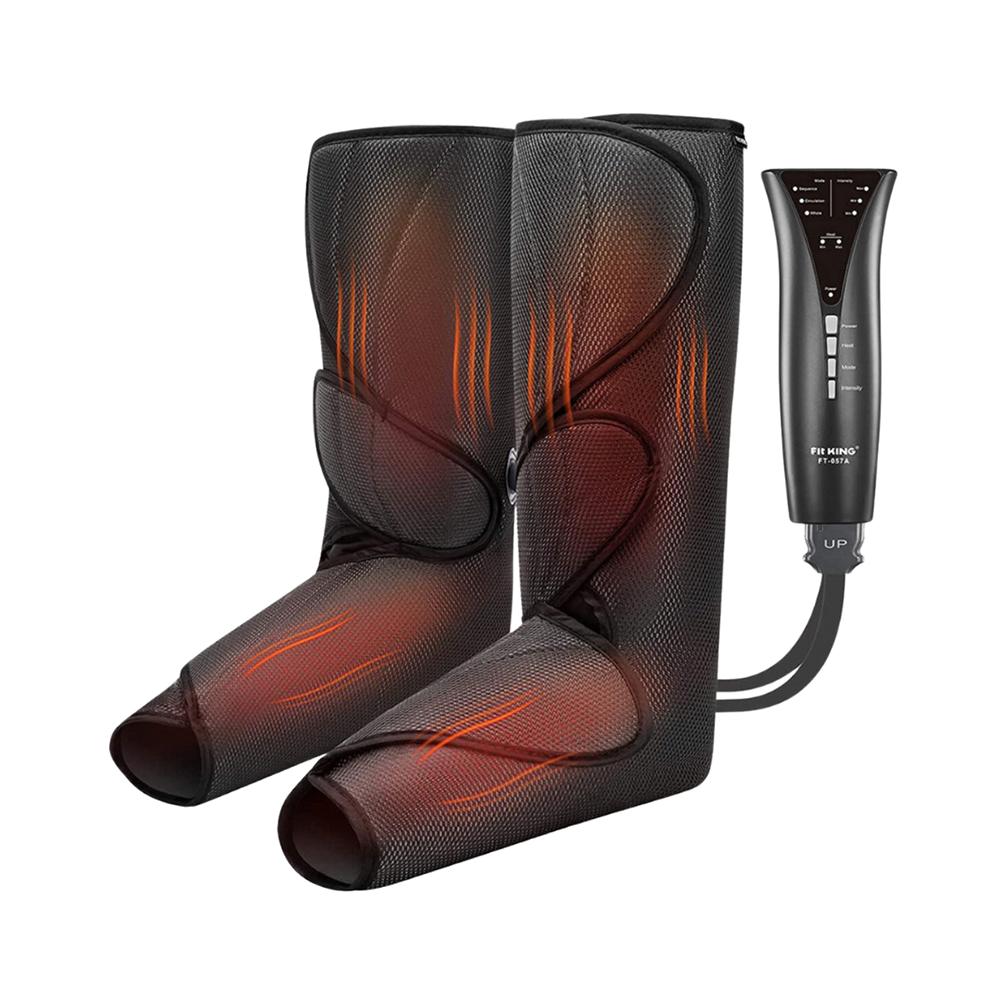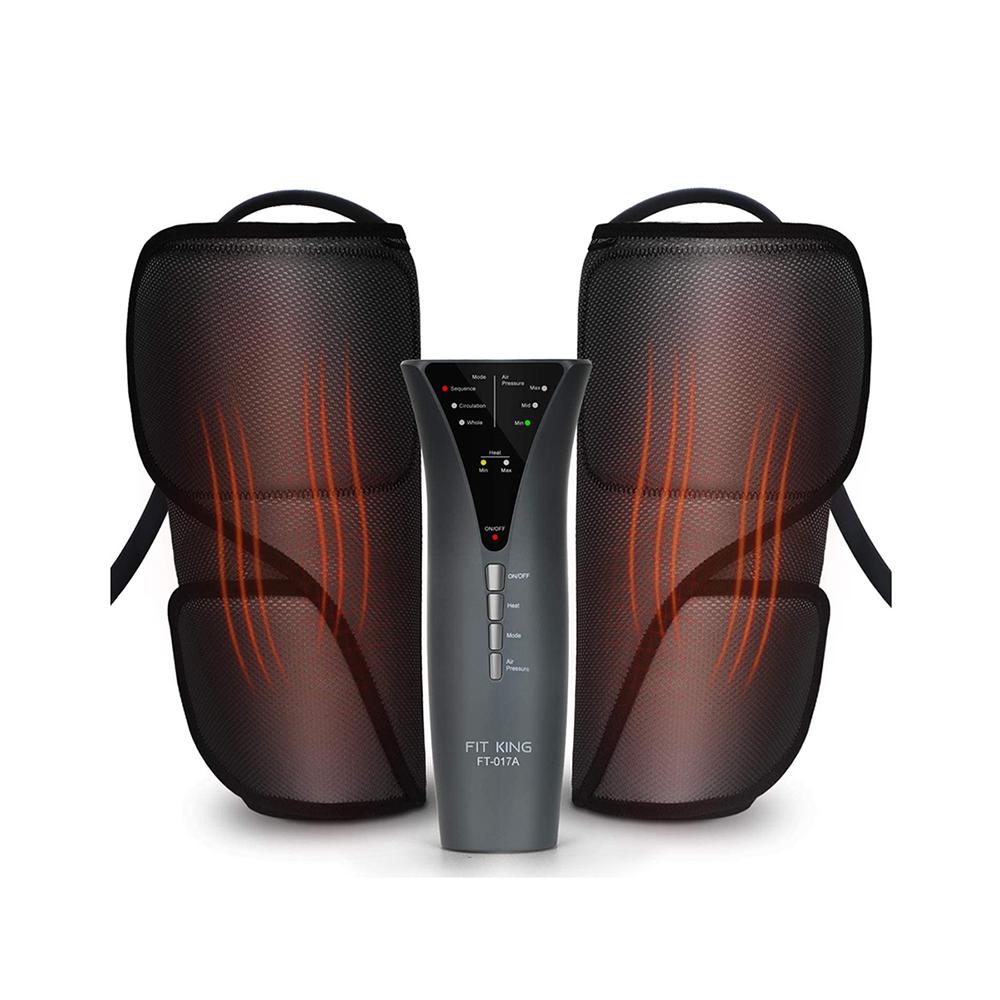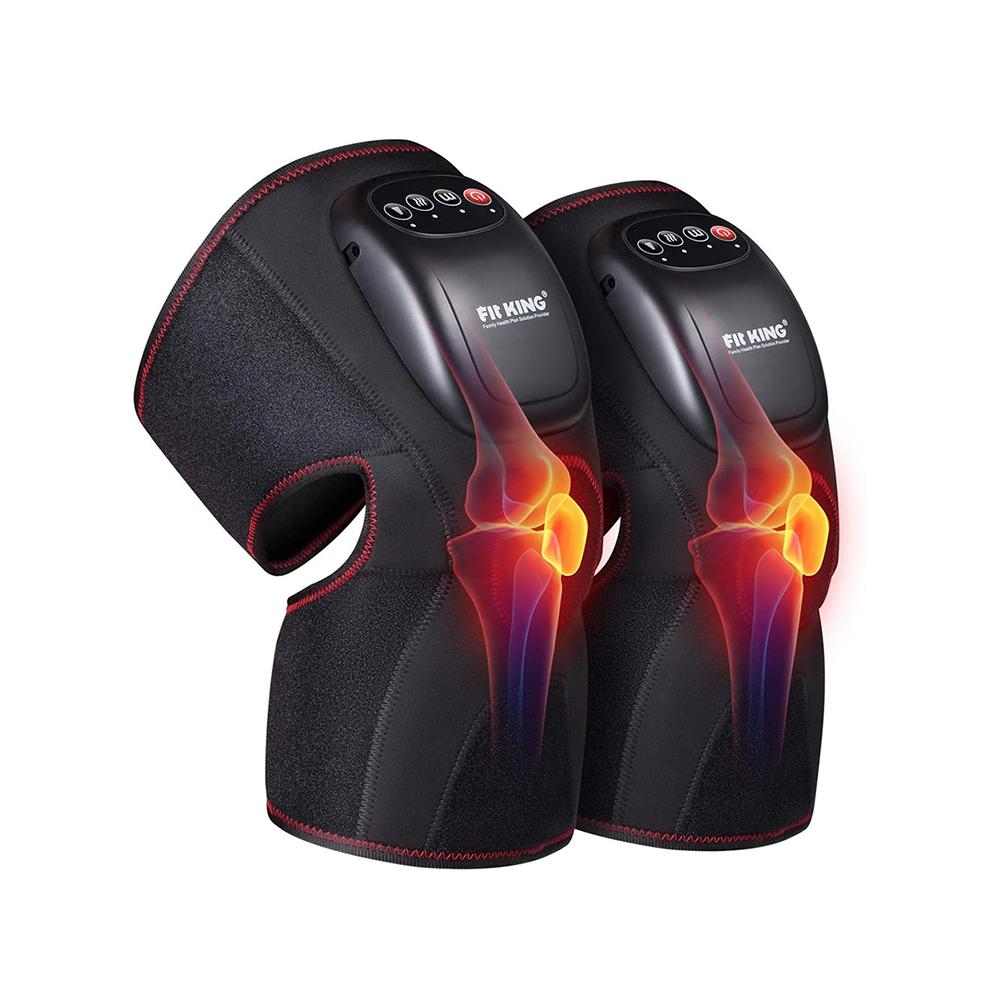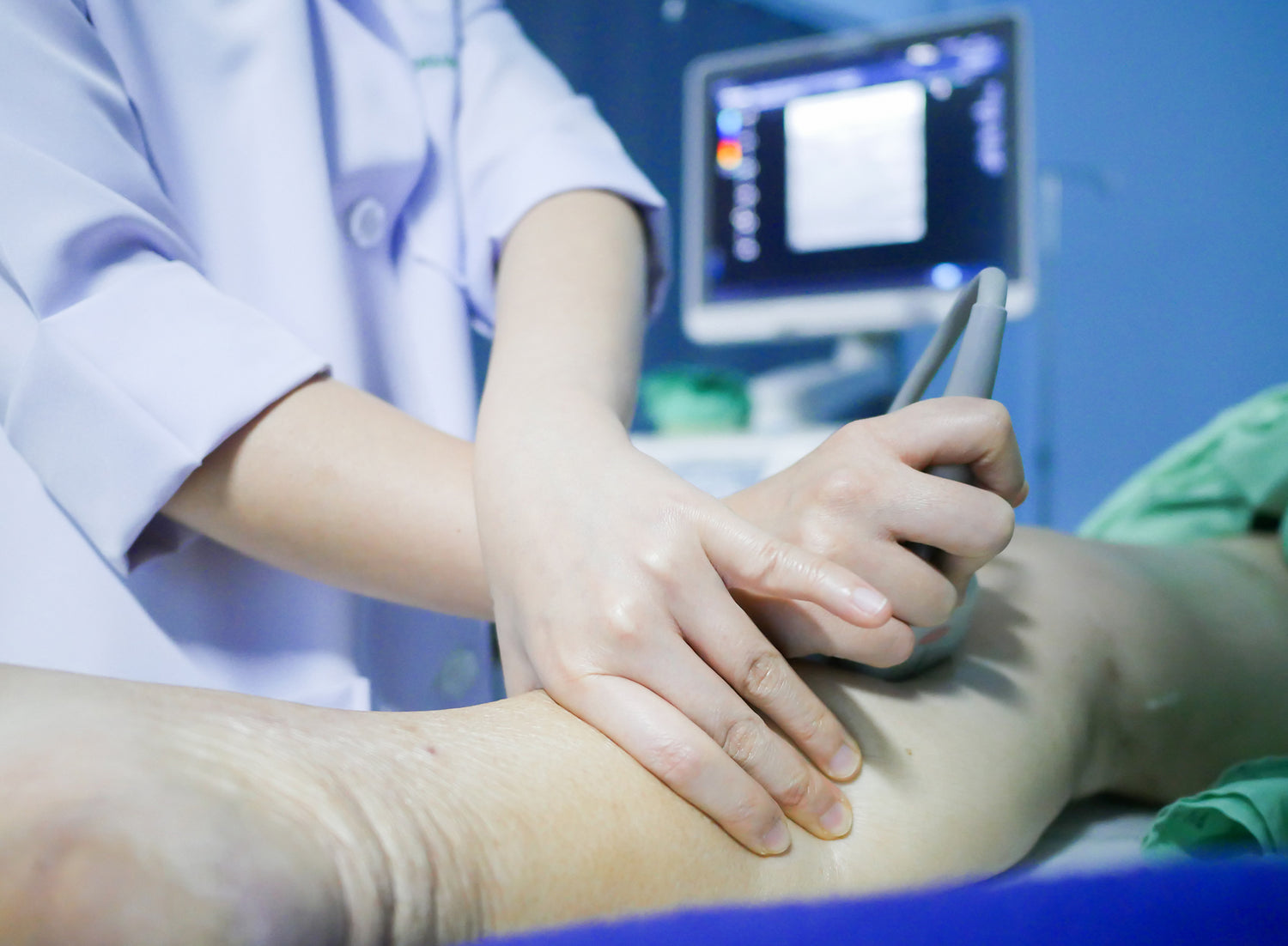Swelling of the legs, also known as edema, is a condition characterized by the accumulation of excess fluid in the leg tissues. It typically causes the legs to appear swollen, puffy, or enlarged. Edema can occur in one or both legs and may be painless or accompanied by discomfort or pain. Swelling of the legs can be a symptom of an underlying health condition and should not be ignored. While it may not always be dangerous, it can be a sign of something more serious.
What Causes Swelling of the Legs?
The most common causes of swelling in the legs include:
- Long periods of standing or sitting
- Pregnancy
- Hormonal imbalances
- Medical conditions such as heart failure, liver disease, or kidney disease
- Obesity
- Certain medications
- Insect bites or stings
- Venous insufficiency
If you experience persistent or severe leg swelling, it is important to consult a healthcare professional for a proper diagnosis and appropriate treatment.
What Are the Dangers of Swelling in the Legs?
While mild swelling is often harmless and temporary, significant or persistent swelling can indicate underlying health issues that may carry risks. Here are some potential dangers associated with swelling in the legs:
- Infection: If the swollen legs are accompanied by redness, warmth, and pain, it could indicate an underlying infection. This can potentially lead to cellulitis, an infection of the skin and underlying tissues, which requires immediate treatment with antibiotics.
- Pain and discomfort: Swollen legs can cause pain, discomfort, and a heavy sensation, making it challenging to engage in normal activities such as standing or walking.
- Blood clots: Swelling in the legs can be a sign of deep vein thrombosis (DVT), which occurs when a blood clot forms in one of the deep veins in the legs. If the blood clot dislodges and travels to the lungs, it can cause a life-threatening condition called pulmonary embolism.
- Reduced circulation: When fluid accumulates in the legs, it can impede normal blood flow and circulation. This can lead to restricted oxygen and nutrient delivery to the affected tissues, potentially causing tissue damage or slow healing.
- Lymphedema: Swelling in the legs can occur due to lymphedema, a condition characterized by a buildup of lymph fluid. Lymphedema can be primary (congenital) or secondary (caused by surgery, infections, tumors, or trauma). If left untreated, chronic lymphedema can lead to recurrent infections and skin changes.

How to Prevent Swelling of the Legs
Here are some tips to help prevent swelling of the legs:
- Regular exercise: such as walking or swimming helps improve circulation, preventing blood and fluid from pooling in the legs.
- Elevate your legs: Try to elevate your legs at or above heart level whenever possible. This helps promote blood flow back to the heart and reduces swelling. Use pillows or a footrest to elevate your legs while sitting or lying down.
- Avoid prolonged sitting or standing: If your work requires you to sit or stand for long periods, take short breaks every hour to move around and stretch. If you are sitting, try to prop your feet up on a footrest or stool.
- Wear compression stockings: Compression stockings are elastic garments that help improve circulation and prevent fluid buildup in the legs. They provide graduated pressure, with the highest pressure at the ankle and decreasing as it goes up the leg. Consult with a healthcare professional to determine the appropriate level of compression and type of stockings for your needs.
- Follow your doctor's advice: If you have a medical condition that may be causing leg swelling, such as kidney or heart problems, follow your doctor's treatment plan and take prescribed medications as directed.
- Use specialist equipment: Such as a leg massager, you can use specialist equipment like the FITKING brand ft-075a leg massager, It can help improve blood circulation by stimulating the muscles in the legs and the lymphatic system. It can also help with lymphedema, swelling, DVT, relieve pain, and eliminate tiredness and soreness.
Swelling of the Legs FAQs
Q: How do I know if my leg swelling is serious?
A: If you experience severe leg swelling, pain, redness, or warmth, or if the swelling affects only one leg, it is important to seek medical attention as it may indicate a more serious condition such as DVT or an infection.
Q: Are there any complications associated with leg swelling?
A: In some cases, untreated leg swelling can lead to complications such as skin ulcers, infections, or decreased mobility. It is important to address the underlying cause of leg swelling to prevent such complications.
Q: When should I see a doctor for leg swelling?
A: You should see a doctor if your leg swelling persists, worsens, or is accompanied by other concerning symptoms such as shortness of breath, chest pain, or fever.
Q: How is leg swelling diagnosed?
A: Leg swelling is diagnosed through a physical examination, medical history review, and potentially additional tests such as blood tests, ultrasounds, or imaging studies.
To summarize
While leg swelling itself may not always indicate a serious issue, it can be a symptom of an underlying health issue. Thus It is important to understand the cause of the swelling to determine if it is a sign of a more serious condition. It is best to seek medical advice to identify the underlying cause. A healthcare professional can assess the situation, diagnose any potential health conditions, and provide appropriate treatment options to prevent any potential complications.













9 comments
Virgie
Awesome forum posts, Kudos!
casino en ligne francais
Many thanks! Useful information!
casino en ligne fiable
Many thanks. Quite a lot of material.
casino en ligne fiable
Wow tons of beneficial knowledge!
casino en ligne
Many thanks, Valuable information!
casino en ligne
Amazing many of wonderful information!
casino en ligne
Thank you, A lot of knowledge!
casino en ligne fiable
Terrific knowledge Thanks!
casino en ligne
You said it nicely..
casino en ligne
With thanks, I like this.
meilleur casino en ligne
canadian drugs pharmacies online
Your style is really unique compared to other folks I’ve read stuff from. Thanks for posting when you have the opportunity, Guess I will just bookmark this web site.
https://tri1LS.Webflow.io/
My partner and I absolutely love your blog and find nearly all of your post’s to be exactly I’m looking
for. can you offer guest writers to write content ffor yoou
personally? I wouldn’t mind writing a post
or elaborating on a lot of the subjects you write concerning
here. Again, awesome web log! https://tri1LS.Webflow.io/
https://tri1LS.Webflow.io/
My partner and I absolitely love your blog annd
find nearly alll of your post’s to be exactly I’m looking for.
can you offer guest writers to write content for you personally?
I wouldn’t mind writing a post or elaborating
on a lot of the subjectts you write concerning here.
Again, awesome web log! https://tri1LS.Webflow.io/
Https://Zeleniymis.Com.Ua/
Wow, fantastic blog format! How long have you been running a blo for?
you made running a blog glanhce easy. The whole glance of your web site is wonderful, as
well aas the content! https://zeleniymis.com.ua/
Leave a comment
This site is protected by hCaptcha and the hCaptcha Privacy Policy and Terms of Service apply.